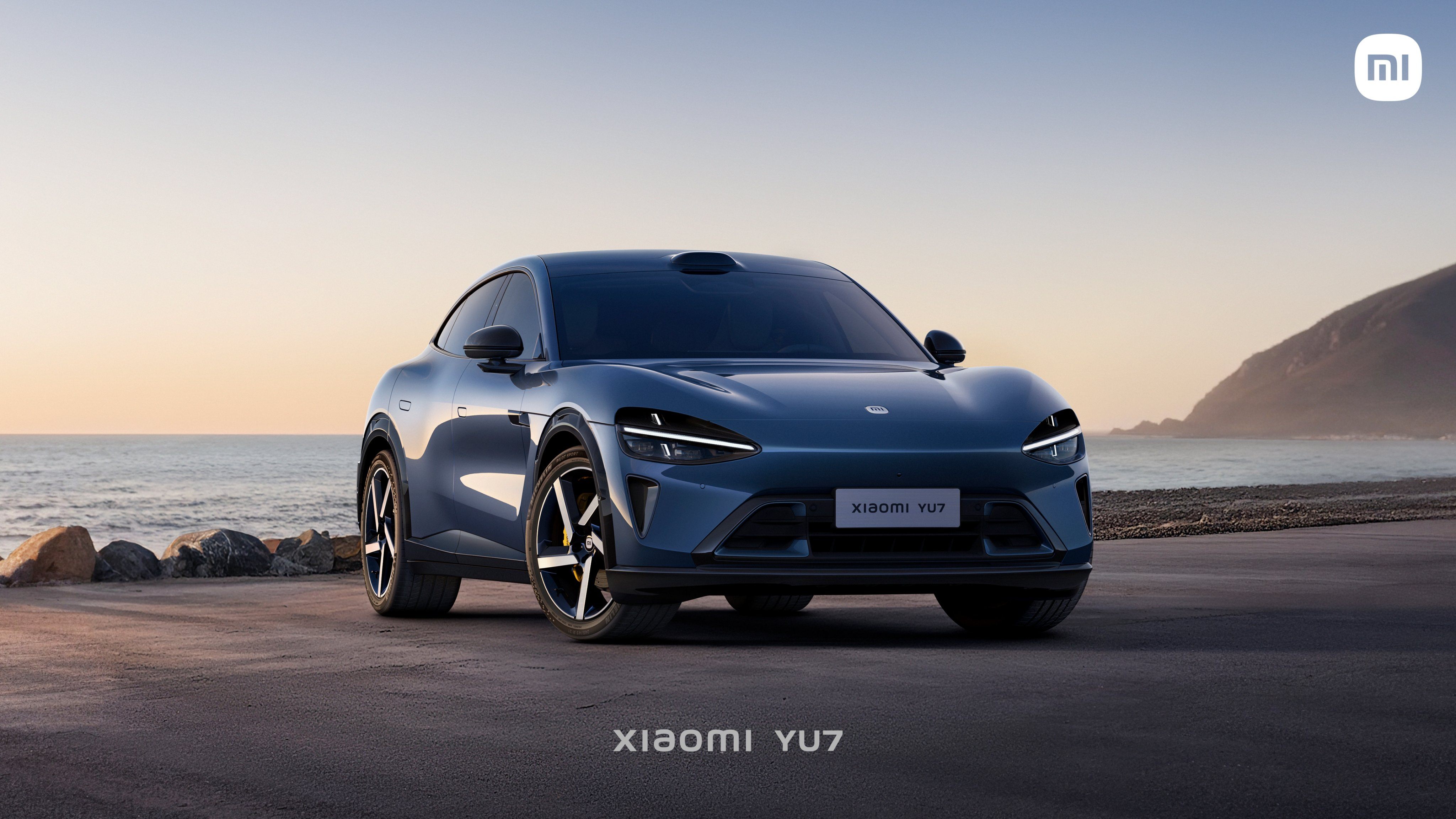Xiaomi's YU7 parameters have been exposed, and CLTC has a maximum battery life of 820 kilometers, targeting more than 250,000 high-end markets
From the perspective of technical parameters, the battery life of the YU7 is undoubtedly its biggest selling point.
On February 17, 2025, in the 14th batch of the "Catalogue of New Energy Vehicle Models subject to Vehicle Purchase Tax Reduction and Exemption" announced by the Ministry of Industry and Information Technology, the core parameters of Xiaomi Automobile's first SUV model, YU7, were officially exposed.As Xiaomi Automobile's second strategic model after the SU7, the YU7 not only sets a new benchmark for pure electric SUVs with a CLTC cruising range of 820 kilometers, but also demonstrates Xiaomi's new energy development with differentiated product positioning and performance configuration. Ambitions for continued expansion in the vehicle market.InvalidParameterValue
From the perspective of technical parameters, the battery life of the YU7 is undoubtedly its biggest selling point.According to data from the Ministry of Industry and Information Technology, this model is available in two battery versions: the rear-drive version is equipped with a 96.3 kilowatt-hour lithium iron phosphate battery and a CLTC cruising range of up to 820 kilometers; the four-wheel drive version is equipped with a 101.7 kilowatt-hour ternary lithium battery and a battery life of 760 kilometers.Although the four-wheel drive version has a larger battery capacity, due to the increase in vehicle mass (2405kg vs. 2315kg), the battery life is slightly lower than that of the rear-wheel drive version.In addition, in order to lower the purchase threshold, Xiaomi may launch a 75-degree lithium iron phosphate rear-drive version to further cover young consumers.This strategy continues the SU7 's market approach, which is to seize market segments through a combination of high cost performance and long battery life.It is worth noting that Lei Jun's recently released winter high-speed test results-driving 1310 kilometers in 15 hours, an average speed of over 100km/h, and charging only twice in a low temperature environment of-10℃-provide endorsement for the actual battery life performance of the YU7., to a certain extent, alleviated the market's concerns about the shrinking winter battery life of pure electric models.InvalidParameterValue
In terms of power performance, the YU7 continues the "sports gene" emphasized by Xiaomi Automobile.The dual-motor four-wheel drive version has a comprehensive power of 508kW (about 691 horsepower), a maximum speed of 253km/h, and a zero-hundred acceleration time controlled within 4 seconds, significantly surpassing competing products of the same level such as Tesla Model Y Performance (3.7 seconds, but only battery life. 615 kilometers).The single-motor rear-drive version provides 235kW of power, balancing performance and energy efficiency.This "performance stratification" strategy not only meets the pursuit of high-end users for driving experience, but also lowers the price threshold through the entry version, forming misplaced competition with brands such as Tesla and Zhiji.InvalidParameterValue
In terms of market positioning, the pricing range of the YU7 is expected to be 300,000 - 400,000 yuan. The main model may anchor the high-end market of more than 250,000 yuan and directly benchmark against the Tesla Model Y (starting at domestic price of 263,900 yuan).Although the Model Y ranks first in sales due to its brand advantages, the YU7 dominates core indicators such as size (wheelbase 3000mm vs. Model Y 2890mm) and battery life (820km vs. Model Y long-range version 688km).Institutions generally believe that Xiaomi's SU7 delivery of 135,000 units in 2024 has established market confidence. Coupled with the product power improvement and brand marketing potential of YU7, Xiaomi's total sales volume in 2025 is expected to exceed 300,000 units, a year-on-year increase of 119%.InvalidParameterValue
However, challenges cannot be ignored.The current medium and large pure electric SUV market is facing structural contradictions: on the one hand, competing products such as the M9 and the Ideal L8 are turning to plug-in and mixed-range routes to avoid pure electric battery life anxiety; on the other hand, users in this market segment are at high age, which risks being misplaced with Xiaomi's "youthful" and "sporty" labels.In addition, supply chain pressure remains a worry.The current delivery cycle of Xiaomi SU7 is as long as 8 months. If demand for YU7 exceeds expectations after it is launched, the production capacity bottleneck may further intensify, affecting the pace of sales release.InvalidParameterValue
Judging from the reaction of the capital market, Xiaomi Group's share price rose 5.76% the day after the YU7 parameter was exposed (February 18), reflecting investors 'recognition of the growth potential of its new energy vehicle business.Research reports from Pacific Securities and Guosen Securities both pointed out that YU7 is expected to replicate the successful path of SU7, impact Model Y's market share through the "high allocation and low price" strategy, and promote the increase of Xiaomi Automobile's gross profit margin from 15% in 2024 to 18%-20%.If Xiaomi can effectively solve the production capacity problem, its ranking in the global new energy vehicle market in 2025 may jump from the current tenth to the top five.InvalidParameterValue
Overall, the appearance of Xiaomi YU7 is not only an upgrade of technical parameters, but also a key step in Xiaomi's transformation from a "single product hit" to a "product matrix".At a time when competition for pure electric tracks is fierce, how to balance performance, price and production capacity will be the core proposition for Xiaomi to hit the annual delivery target of 300,000 vehicles.The final vote of the market will depend on consumers 'reassessment of the industry's pain point of whether long battery life can offset energy replenishment anxiety.

·Original
Disclaimer: The views in this article are from the original Creator and do not represent the views or position of Hawk Insight. The content of the article is for reference, communication and learning only, and does not constitute investment advice. If it involves copyright issues, please contact us for deletion.